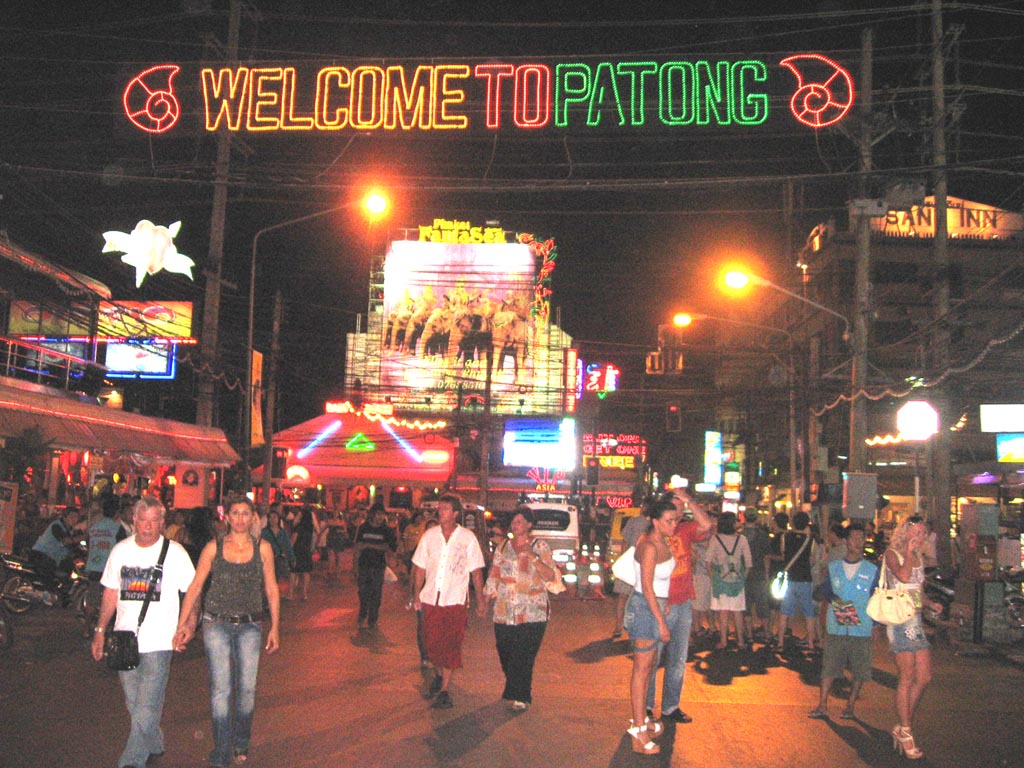The Land of Milk and Honey
(Sorry for the downtime; midterms caught up with me! Without further ado...)
<p>
<img src="http://161.58.103.51/calahec/Portals/0/san-francisco.jpg"/>
<p>
Well, I just spent a week in California. And let me first say that this is one impressive state! Of course, my reaction to California is largely conditioned by having spent a few months in the Minnesota winter. After single-digit weather, a full week of sun and 65 degrees was exceedingly pleasant.
<p>
But enough of this--let's get to the urban planning angle!
<p>
I've certainly heard about San Francisco's hills, but it was really amazing to see them for myself. The city fully occupies a peninsula with extremely steep hills. And when I say "fully occupies" I mean it--pretty much every available square foot on this space is used for streets and buildings. I have never before seen houses stacked so precipitously close to each other, up and down unbelievably steep hills.
<p>
It's very interesting to compare San Francisco to another hilly city: Pittsburgh. The curious difference between the two is that Pittsburgh is slightly less fully developed. Certainly, there are tens of thousands of Pittsburgh houses clinging to the sides of hills, ready to fall over at any moment. But nevertheless there are still trees and foliage. San Francisco, on the other hand, is almost completely built out (with the exception of dedicated parkland). Why this difference?
<p>
Of course, I would have to actually research this a bit to answer. My first guess is: weather. Pittsburgh has moderately heavy winters, which makes travel up and down hills fairly difficult. Northern California, on the other hand, doesn't really freeze over or get snow. I imagine the consequence of this is that it's easier to build there.
<p>
Ok, enough for now. More to come.



